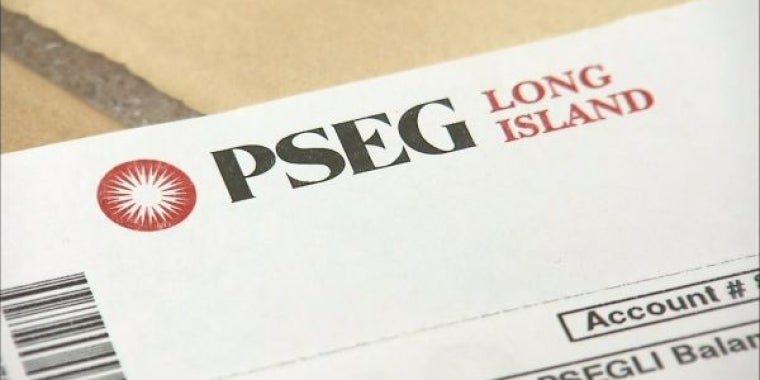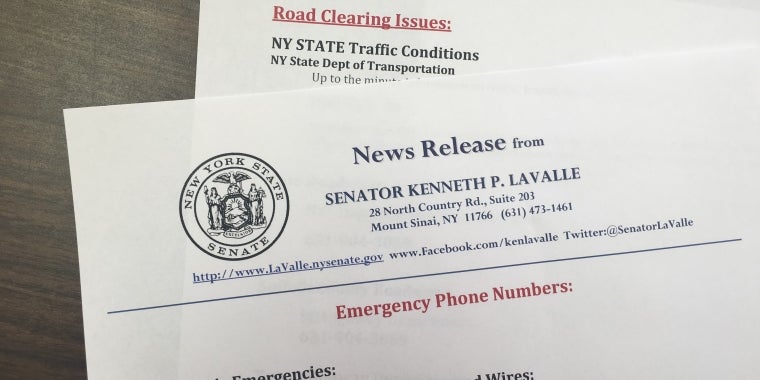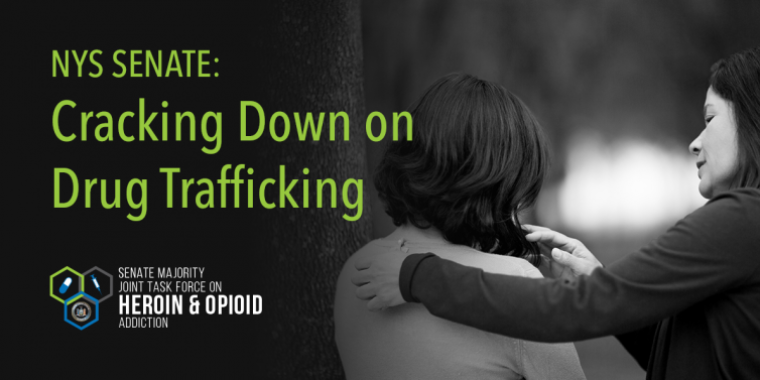
Senate Passes Bills to Curb Illegal Prescription Drug Abuse
Kenneth P. LaValle
February 13, 2012
With the abuse of illegally-obtained prescription narcotics growing rapidly, the New York State Senate today passed several bills to curb the black market in prescription painkillers said New York State Senator Kenneth P. LaValle (R,C,I – Port Jefferson)
LaValle said the Senate approval of the bills followed a roundtable discussion on the issue of abuse of prescription painkillers held today by Senator Hannon and Senator Jeff Klein, Chairman of the Senate Committee on Alcohol and Substance Abuse. This was a second in a series of public meetings discussing legislation to combat prescription drug abuse and to examine improving New York’s prescription reporting system.
“Abuse of controlled prescription drugs is a growing major public health problem,” LaValle said. “It makes sense to update our laws to prevent more tragedies from happening and to punish those who illegally make the drugs available.”
Legislation passed by the Senate today would do the following:
> Place greater controls on Hydrocodone and Tramadol, highly addictive prescription pain medications (S.5880A);
Prescriptions for opioids, particularly Oxycodone, Hydrocodone and Tramadol, have skyrocketed; among abused drugs, they are second only to marijuana. In New York City, drug related emergency room visits increased 40% between 2004 and 2009 with fatalities from opioid overdoses alone increasing by 20% between 2005 and 2009.
Moving to a more restricted classification of controlled substances will toughen existing penalties for people who possess or sell large quantities of Hydrocodone.
> Increases criminal penalties for physicians and pharmacists who illegally divert prescription drugs, which, in effect, punishes bad actors, protects consumers from compromised medications, and safeguards resources for the Medicaid program (S. 5260C, Senator Hannon);
> Criminalize the illegal sale of a controlled substance by a practitioner or pharmacist to address practitioners operating “pill mills,” which fuel the black market for controlled substance medication (S. 6066, Senator Hannon);
Overdose deaths from prescription pain killers have reached epidemic proportions in the United States. In fact, according to a recent report of the Center for Disease Controls and Prevention (CDC), more people die from prescription drug overdoses than heroin or cocaine combined.
New York law currently lacks a similar provision to address pharmacists and practitioners who illegally dispense controlled substances. This bill fills that hole by creating a new crime: criminal sale of a controlled substance by a practitioner or pharmacist.
> Criminalize the first-degree illegal sale of a controlled substance to a minor under the age of 14, making it a class A-II felony (S. 3210B);
> Require the Office of the Medicaid Inspector General (OMIG) to post all administrative law decisions on their website within 30 days of decision to increase the efficiency and transparency of decisions concerning Medicaid fraud and abuse (S. 6271);
Anyone wishing to appeal a decision by OMIG must go before an administrative law judge. However, interested groups expressed concern because, although a public record, these decisions are difficult to access. Currently, each interested group must send a Freedom of Information Law request to OMIG. For efficiency and transparency, this bill requires OMIG to post all administrative law decisions, in which OMIG is a party, to its website within 30 days.
Also today, the Senate passed a resolution, in conjunction with the national day, that would designate April 28, 2012 as “Prescription Drug Take-Back Day” in New York State. The day was originally designated in 2008 by the United States Department of Justice’s Drug Enforcement Administration (DEA) in an attempt to have people turn in unwanted, unused, and expired prescription drugs in a safe, convenient way.
Last year, more than 377,000 pounds – equal to 188 tons - of unwanted or expired drugs were returned at the more than 5,300 participating sites across all 50 states on that one day.
The bills were sent to the Assembly.
-30-
Share this Article or Press Release
Newsroom
Go to Newsroom


